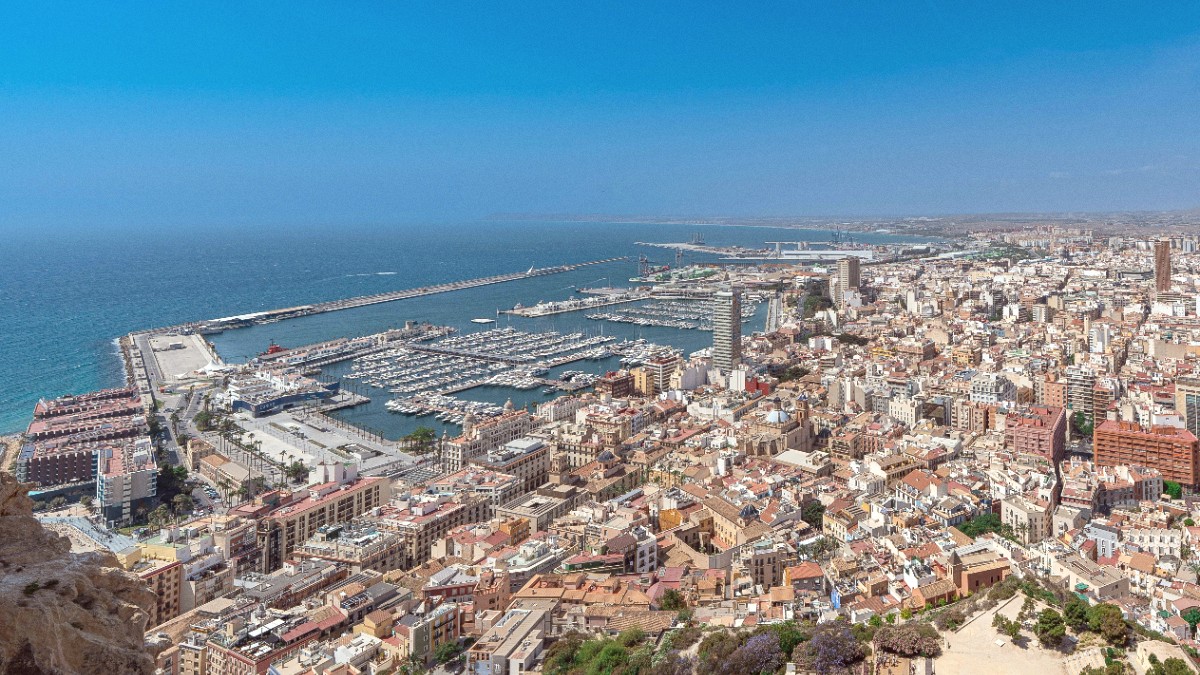
Valencia And Murcia, Spain
Your trip to the Costa Blanca opens doors to a part of Spain rich in history and natural beauty. Take in the relaxed Mediterranean pace of life. Experience the warmth of the local people. This guide outlines your journey beyond typical tourist spots, connecting you with the true spirit of this Spanish gem. Each page contains practical advice, making your travels smooth and enjoyable. Get ready for an unforgettable adventure.
The Costa Blanca, or "White Coast," extends for approximately 200 kilometers (124 miles) along the Mediterranean Sea. It sits within the Alicante province, a part of the Valencian Community in Spain. This coastal expanse runs from Dénia in the north to Pilar de la Horadada in the south, presenting a varied landscape.
Major towns dotting the coastline include Alicante, the provincial capital. Benidorm, Torrevieja, Orihuela, Dénia, Jávea, Calpe, Altea, and Villajoyosa also appear prominent. Each town holds its unique character and attractions. Inland, the terrain rises quickly into hills and mountains, including the Serra Gelada, Montgó, and Bernia ranges. This geographical blend shapes both the economy and lifestyle of the Costa Blanca.
The Costa Blanca claims a rich history, with layers of civilization shaping its identity. Early settlements in the region date back to the Bronze Age. Evidence of Iberian and Roman influences appears in many archaeological sites. Moorish rule, from the 8th to the 13th centuries, brought a period of significant prosperity. During this time, the region flourished. The Moors introduced advanced agricultural techniques, notably irrigation systems, which transformed the landscape. Many local place names still reflect Arabic origins.
The Christian Reconquista gradually brought the area under the control of the Kingdom of Valencia. This transition introduced new political structures and cultural practices. Castles and fortifications built during this period tell stories of conflict. The 20th century saw the Costa Blanca transition from a fishing and agricultural area into a major international tourist destination. This change accelerated from the 1960s onwards, driven by its appealing climate and beautiful beaches.
A vast medieval fortress dominating Alicante's skyline.
Whitewashed houses and a blue-domed church show traditional life.
Archaeological sites reveal ancient Roman presence.
Ancient agricultural techniques still serve the region.
Many towns retain narrow, winding streets from their past.
The blend of Moorish and Christian heritage remains visible in the architecture, festivals, and traditions celebrated today. This rich heritage enriches the travel experience, providing context for the landscapes and communities you encounter. Explore these historical sites to gain a appreciation for the region's journey through time.
The arrival of mass tourism brought rapid development, reshaping coastal towns with new hotels and infrastructure. While this modernized the region, many areas work to preserve their historical integrity.
The enduring historical legacy provides depth to the Costa Blanca's appeal. Roman villas, Moorish castles, and medieval towns each tell a part of the narrative. This makes the region a versatile destination.
The variation in landscape means travelers easily move between bustling resorts and peaceful natural areas, catering to different preferences and travel styles.
Plan your trip simply with a quick overview of the Costa Blanca. This information provides useful facts about the region. Use it to orient yourself before your journey.
This snapshot is a quick reference. It helps you grasp the basics of the Costa Blanca. This information proves useful when planning your itinerary. It ensures you arrive prepared for the region's specific characteristics.
Alicante Province, Valencian Community, Spain.
Alicante-Elche (ALC), Valencia (VLC), Murcia (RMU).
Spanish (Castellano), Valencian. Euro (€).
The Costa Blanca is a well-established part of the broader Spanish tourism landscape, offering a vast selection of beaches and coastal activities from bustling urban beaches to secluded coves.